23 Nov Ann Wisniewski: Creating Healthy Environments
As a former pediatric nurse, Ann Wisniewski knows the importance of a healthy environment. As a top interior designer – she is past president of the Georgia Chapter of the American Society of Interior Design (ASID) – she knows how to achieve such an environment, while also creating a classic, elegant and warm living space.
In this edition of “Interior Monologues,” Wisniewski (ajwdesignsinc.com) discusses where to find some of the best “green” home products, her experience on HGTV and common misconceptions about her field.
Q: You recently led an ADAC designer’s tour focused on “Products for Healthy Living.” What types of products did you showcase?
A: What a great tour. We had 40 who attended as this is such an important topic now.
I wanted to show options that are now available by manufacturers that have a green approach, low Volatile Organic Compounds (VOC’s), are made in America and that offer protection from UV rays, which will definitely give you a healthier place to live.
We started with Beau Studio. Beau creates custom furniture pieces using re-claimed materials and green products for refinishing. Next was The Shade Store offering many products that protect you and your interiors from the sun’s destructive UV rays along with also lowering heating and cooling bills.
Innovations wall-coverings was a big hit with products made from re-cycled paper, banana bark, capiz shells, cork, and sea grass. Edelman Leather spoke about a more eco-friendly tanning process, and Renaissance Tile & Bath showcased products that use chromatherapy (the use of colored lights in your bath or shower), heated massage, light therapy, and aroma therapy to create an atmosphere where the body can truly relax and restore itself.
Q: You’re known for creating built environments with your clients’ health, safety and welfare in mind. When did you begin focusing more heavily on the health implications of design?
A: In design school, we had many classes that dealt with the subject of the health, safety, and welfare of those living in the built environment and about our responsibility to create these spaces. My classes were geared more toward commercial projects, but I wanted to take it further. My approach to design is different than most designers due to my background. Interior design is a second career for me. My first was that of a pediatric nurse starting at Egleston Hospital and ending as pediatric case manager for Cigna Healthcare of Georgia. From those life experiences, I wanted to incorporate those three concepts into our homes – where we spend most of our time. Creating healthy environments is part of who I am.
Q: Your work also is characterized by your “Quiet Style.” Please describe.
A: My “Quiet Style” is an atmosphere, a feeling. It is using furniture pieces with classic but cleaner lines and a neutral overall color palate. This sets the foundation to build upon. Interest is added using splashes of color on accent walls, pillows, rugs, and artwork. Window treatments are simple yet elegant and add an extra element of texture. I also feel that you need to surround yourself with items that have special meaning and great memories whether they are family pieces or those that remind you of that special getaway. They make you smile and relieve stress. For an unexpected touch, I add contemporary art and the look is complete. It is comfortable and inviting, a space that when you walk in, you can, “relax and take a breath.”
Q: What was the most “challenging” aspect of being on HGTV’s “Designer Challenge?” Can you describe your episode and tell us what viewers didn’t see?
A: The “Designer’s Challenge” series was wonderful and I miss it because it dealt with finding common ground between a couple who had very different approaches to design and what they wanted the finished product to look like. The most challenging aspect was how to blend the two styles in the right balance so that both would feel they had an equal part in the solution.
My episode was a living room space in a lakefront property. He wanted to go for a more rustic lodge look while she wanted to go in the direction of a softer, lighter, more casual look.
Q: You are Past President of the Georgia Chapter of the American Society of Interior Design (ASID). Tell us: What is the biggest misconception that people have about what interior designers do?
A: I feel the biggest misconception that people have about interior designers is why to hire us for their project. It is confusing to many because there is a difference between a decorator and an interior designer and many think all we do is select colors, fabrics, and furniture. While this is a part of what we do, our process goes far deeper than that. We are who you call before starting the project. We initially start by talking with you, the client, to find out exactly what you want to achieve, what your budget is, and whether what you want to be done can be accomplished with the investment you want to make. So many people do not have a good idea of how costs have increased, and a contractor’s job is not to show you ways to get the most value and function for the money you have. Designers do this. Together, we develop a plan that meets your needs. With our education, knowledge, and experience, we know the variety of quality products available and how they can be used to create a great look for the price point you need to stay within. In our conceptual design plan, we incorporate greater functionality and better use of the space. We then present the total plan with samples and finishes so you know exactly how the finished space will look. As your representative, we make site visits to work closely with the contractor to assure the approved plan is being implemented correctly. It is our primary goal to see that your project is completed on time and within budget.

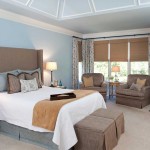
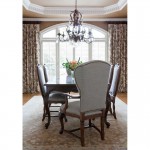
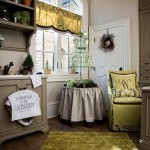
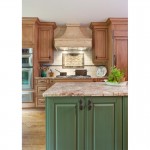
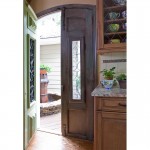
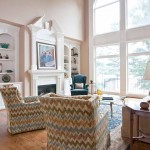
No Comments